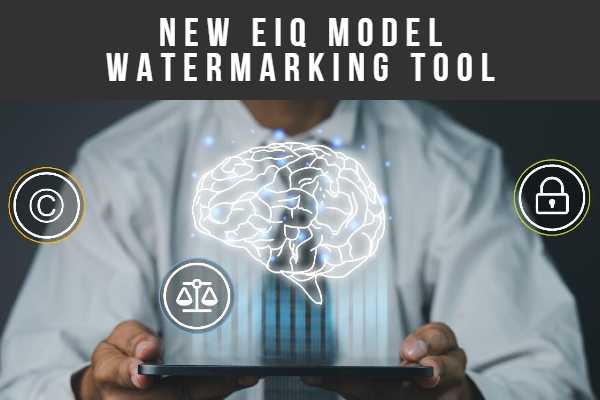Mumbai: NXP Semiconductors said its new eIQ Model Watermarking tool part of the NXP eIQ Toolkit helps developer protect their machine learning model from IP theft.
NXP added a new eIQ Model Watermarking tool to its eIQ Toolkit for machine learning development. NXP claimed eIQ Model Watermarking to be the industry’s first effective tool to help developers protect their machine learning investments.
The tool embeds a watermark in a machine learning model, adding copyright ownership to the model and allowing developers to prove that a machine learning model is a copy or clone of their model IP without requiring access to that model’s code.
Data plays a key role in building machine learning models. The quality of the machine learning model heavily relies on the data quality used during training. And domain expertise is critical in creating highly efficient models.
Though they are a valuable and differentiating asset to a company, machine learning models typically lack the copyright protection that protects ordinary software from unauthorised copying or cloning.

eIQ Model Watermarking part of the NXP eIQ Toolkit allows developers to copyright their machine learning models, while also enabling developers to detect unauthorised use and protect their unique IP.
“Developers invest huge amounts of time and resources in creating optimal models and it is important that they are able to protect that investment,” said NXP Semiconductors‘ Ali Osman Ors, Director of Global AI and Machine Learning Strategy and Technologies.
“The eIQ Model Watermarking tool allows them to copyright their machine learning models and to prove whether a particular model is a copy or a clone in order to protect their IP investment,” added Ors.
eIQ Model Watermarking tool is designed to work with any vision-based machine learning model creation. And it is included as part of the NXP eIQ Toolkit for machine learning development.
